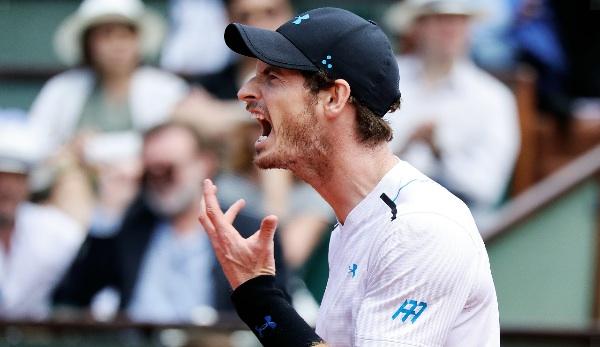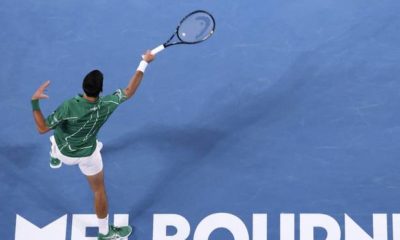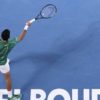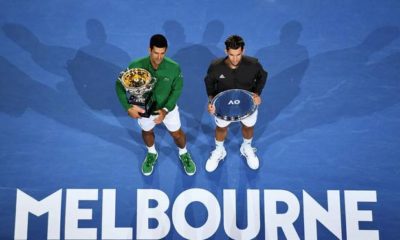Tennis
Service: Clever handling of one’s own emotions
When you lose, you like to look elsewhere for the culprit – and start whining. It would be helpful to take responsibility for your own game.
It arises from complete tranquillity. She needs time. At first she just splashes away. You don’t pay attention to them and even enjoy this wonderful spectacle of nature. All signs of a catastrophe are consciously and unconsciously ignored. It is making its way purposefully and unstoppably. The bigger it gets, the greater the extent of destruction. A wave turns from a calm and friendly lake into an uncontrollable force of nature. Nothing else happens with a tennis player in the clutches of an important match. It’s just a question of how powerful the wave becomes in the form of the player’s emotions – and how destructive it then becomes.
Every player is confronted with his emotions on the court. This wave cannot be avoided – but you can learn to understand it. Tennis players deal with this wave of emotions in very different ways. Some eat everything into themselves and lose themselves in their negative thoughts so much that sometimes they don’t even know what the result of the sentence is at all. Instead, they think about how weak they play, that they always knew they couldn’t backhand and that their own tennis career should be in the closet anyway.
Other players, on the other hand, completely collapse emotionally during the first storm animal, which gets lost in front of their noses as soon as they want to hit. Then the small, innocent thunderfly is blamed for the player’s entire performance. It is becoming easier and easier not to blame yourself for your weak performance, but to blame insects, the tilted sun, the constantly turning wind or the groundskeeper. But why is that? How come tennis players tend to be self-destructive on the court when they only beat up a felt ball that can’t even defend itself?
The average tennis player tends to give up the responsibility for his performance. This applies not only to weak but also to good performance. We have already discussed an example of giving up responsibility a little further up. The space error caused the forehand to go out. The ball bounced on the T-line, so the ball was hit too late. These are the usual ways of thinking, all of which are responsible for their own mistakes.
Crazy enough, however, many players give up all responsibility for their own strong performances. For example, because in a service game two points were created by net rollers. The opponent’s weak second serves are also a reason why you could break your opponent. Who always gives up the responsibility, gives up his power to have an influence on the dynamics on the tennis court. You become the puppet of these constantly changing dynamics during a match. The feeling of helplessness spreads throughout the body. Complaining never leads to solutions. But solutions always lead past the vale of tears.
Instead of giving control of the racquet, each player has the opportunity to take full responsibility for everything that happens on the court. This responsibility is always linked to problems and setbacks. And exactly these problems always want to be avoided. This creates the wave of emotions mentioned at the beginning of this article, which can hardly be controlled. Then the emotions finish the sentence. The aim of the player must be to control these emotions before the emotions control the player themselves. This can only be achieved by assuming full responsibility.
How can this responsibility look like on the field, in the middle of a battle with oneself and the opponent? Besides being responsible for the basic way of thinking and to finally stop giving up your power and control to insects and the groundskeeper, a quick but meticulous error analysis helps.
This analysis always refers to oneself and never to the place, the sun, the early clapping spectator or the ball that slipped off the line. If the defensive slice of the opponent slips off the T-line and you no longer get under the ball correctly, it is not the line but your own reaction combined with the insufficiently low body center of gravity that is to blame for the mistake. If the sun is in an unfavourable position and you are no longer able to see clearly after impact because the sun has dazzled you, it is not the sun that is to blame for the slight backhand error, but your own inability to stand far outwards on impact in order to take the ball throw out of the area of the sun.
Taking responsibility yourself and not becoming dependent on the groundskeeper is reassuring… isn’t it?













You must be logged in to post a comment Login